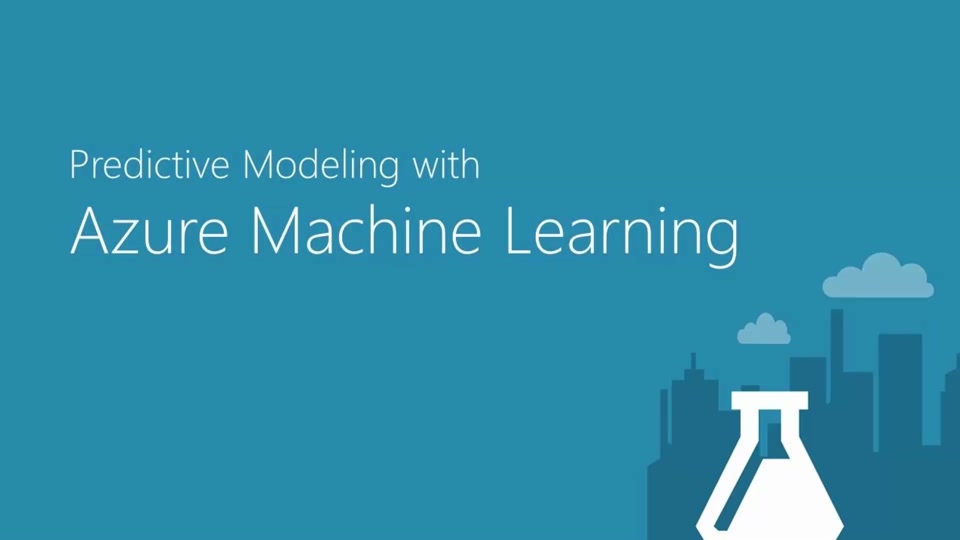Deepfake Salvador Dali is Back to Life as Fakedeep; Takes Selfies with Museum Visitors
Artificial Intelligence has always amazed people with its surprising experiments. One of its wing Fakedeep is also one really amazing technique that even can bring back the deads. Yes! This has happened in the past. In the month of February, Burger King featured producer-director Andy Warhol in one of its ad eating a Whopper. There has been a question on the appearance of Warhol as he has been dead for nearly 32 years.
And now, with the help of same technology, Dali Lives, has brought the surrealist painter Salvador Dali back to life, who had died 30 years ago, in 1989. Dali Lives is an exhibition unit that hosts exhibitions in the Dalí Museum in Florida for Dali’s paintings. The museum has partnered with ad agency Goodby, Silverstein & Partners (GS&P) to create a look-alike virtual being of Dali, who can interact with the museum visitors and even can take selfies with them.
The company has used the machine learning powered video editing technique to re-create the virtual Dali. They made the use of various pictures of Dali, and the video interviews, to mimic his voice and gestures. The company re-created his face by pulling over 6,000 frames through his images and interviews. It took 1000 hours for the AI algorithm to learn all of Dali’s facial expressions. An actor with the same general physical characteristics of Dali’s body did his body double, and the facial expression of Dali was imposed on the actor’s face. A voice-over artist learned his speech and mimicked his voice following Dali’s past interviews.
The video of virtual Dali is displayed in a kiosk. To watch the video, the visitors have to press a button on it. Dali will appear on the screen, and then have a conversation with the visitors. For this, the engineers made sure to include some of his quotes and the famous statements in the conversation. Every visitor will have a different experience with Dali, as every time he will be talking about different things. And after a 45-minute conversation, he will ask the visitors to take a selfie with them. Here too, the visitors won’t be ones to click the selfie, in fact, Dali will click the picture, and even, will text it to those visitors.
Though people have been concerned about the usage of Fakedeep technique, as people can also misuse it to defame other people, Dali Museum has no such intentions, but it created the virtual Dali to acknowledge his 30th death anniversary.

Yashica is a Software Engineer turned Content Writer, who loves to write on social causes and expertise in writing technical stuff. She loves to watch movies and explore new places. She believes that you need to live once before you die. So experimenting with her life and career choices, she is trying to live her life to the fullest.
